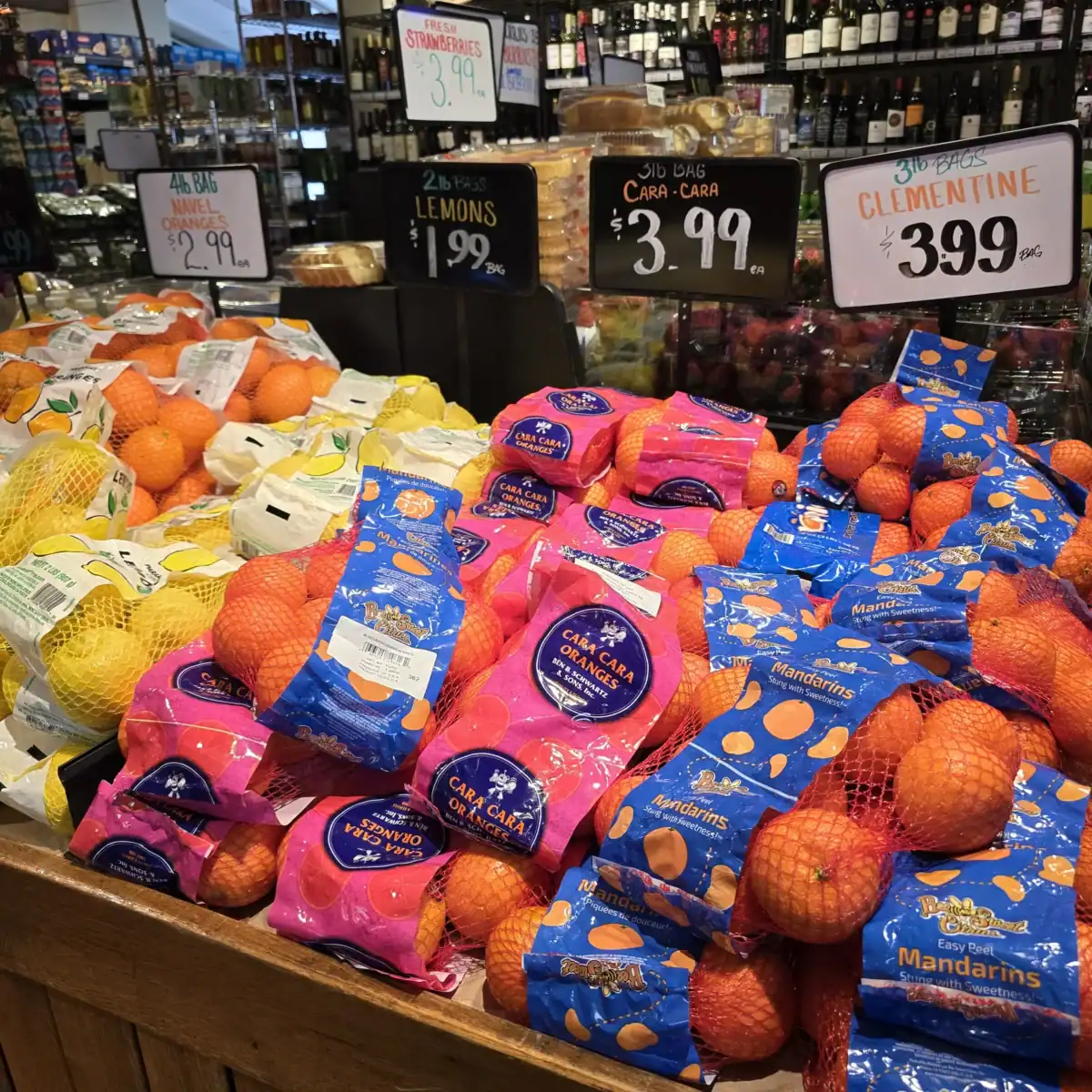By Evelyn Rossman
Since his second inauguration, President Donald Trump has prioritized higher tariffs as a tool for promoting U.S. businesses and reducing the country’s dependency on foreign goods, prompting a litany of responses and criticisms from people across the political spectrum. So far, Trump’s ever-changing tariffs have had a marginal impact on grocery prices for consumers, but future stability is not guaranteed.
Tariffs, what are they good for?
A tariff is a tax imposed by the government on foreign goods. President Donald Trump aims to use broad tariffs as a tool to decrease the federal trade deficit. A deficit occurs when the U.S. spends more money on exports than it makes on imports, prompting the country to borrow money from foreign nations. The U.S. Census reported a deficit of over $900 billion in 2024. Some economists believe that a trade deficit creates a stronger, more globally connected economy. Others argue that an overdependence on foreign countries is unsustainable and threatens national security.
Additionally, Trump believes that the tariffs will promote domestic industries, including manufacturing jobs that have historically been outsourced to China and other foreign countries. Trump and his supporters state that foreign nations have an unfair advantage over the U.S.
“Foreign leaders have stolen our jobs,” Trump said on Liberation Day. “Foreign cheaters have ransacked our factories, and foreign scavengers have torn apart our once beautiful American dream.”
Trump also aims to use the tariffs to negotiate the tariff rates of foreign countries. U.S. tariff rates are historically low. During the 21st century, they averaged 1-3%. Trump’s changes have increased the projected average tariff rate in 2025 to 14.5%. Professor Juscelino Colares of Case Western Reserve University School of Law says that by raising tariffs, Trump has more leverage to negotiate lower tariff rates with other countries.
“[Trump is] an Excel spreadsheet person,” Colares said, “It’s all numbers.”
Tariff rates continually fluctuate
Trump’s tariffs have undergone drastic changes since his inauguration. After a month-long delay, Trump enacted a 15% tariff on Canada and Mexico, as well as a 10% tariff on China, on March 4. He expanded this on April 2, Trump’s self-proclaimed “Liberation Day”, by enacting a 10% baseline tariff on all importing countries, plus additional tariffs on certain countries.
Trump’s strong tariffs prompted reciprocal tariffs from other countries. For example, China retaliated against Trump’s 145% tariff on Chinese goods with 125% tariffs on U.S. goods. The U.S. and China eventually reduced these rates to 30% and 10%, respectively.
Trump continues to negotiate tariff rates with foreign nations. On July 7, he announced that over two dozen countries, including Canada, Mexico, and Japan, must broker new trade deals with the U.S. These nations will face new tariffs of up to 50% if they fail to do so by August 1. Since then, Trump has posted an assortment of letters on social media outlining tariff plans for various countries. It is unclear whether these plans will change before their August 1 deadline.
“This strategy of negotiation is very disruptive, and it creates a lot of uncertainty for businesses,” said Colares.
Consumers face an uncertain future
When goods are taxed, someone has to pay for them. In the past, Trump has insisted that foreign countries will pay for the tariffs imposed on their goods, but economists predicted that the burden would fall on consumers. So far, businesses have largely absorbed the costs.
“A lot of companies are not passing the cost on to consumers…because they think they’re going to come down, that Trump’s going to change his mind again,” New York Times columnist David Brooks told NPR. “And so why should they burn their relationship with the consumer if Trump is going to pull the tariffs back?”
Tariff-based inflation has marginally increased prices for consumers, but it’s unclear whether this trend will continue. Brooks predicts that, if Trump continues enacting tariffs at similar or higher rates, businesses will begin to transfer costs to the consumer.
Joe Pacetti, general manager at Heinen’s in Downtown Cleveland, says that the local grocery chain is unable to make any conclusive decisions on pricing at this point due to the uncertainty of future tariff rates. However, if tariffs are enacted at high rates, Pacetti highlighted coffee, foreign wine and out-of-season produce as being vulnerable to price changes.
Marketing managers at Heinen’s and Dave’s Market did not respond to requests for comment on the issue.
“It’s kinda hard to say [how prices will change] right now,” said Pacetti. “We just have to take it as it comes.”




